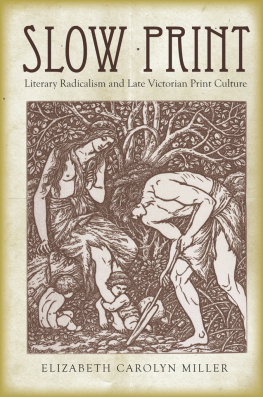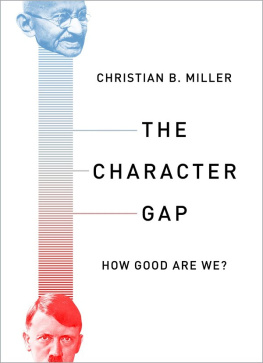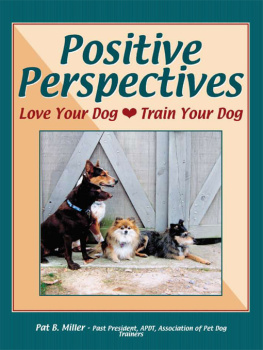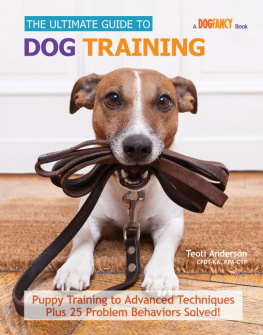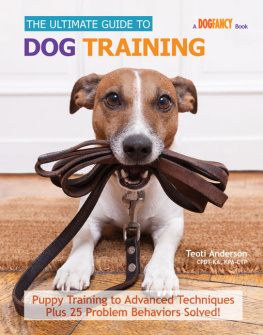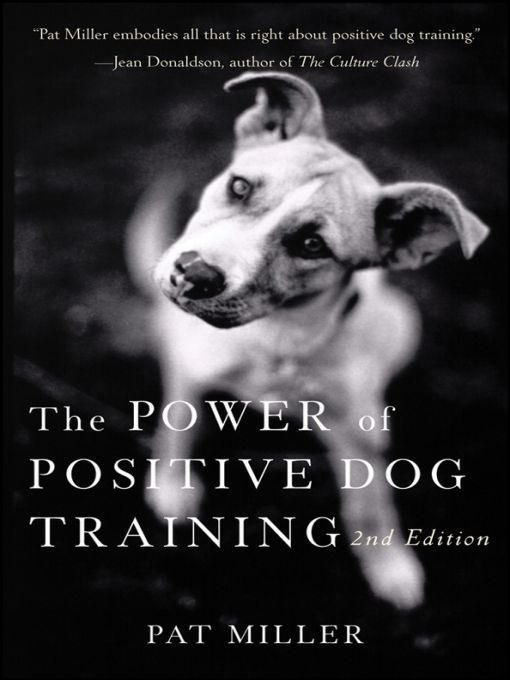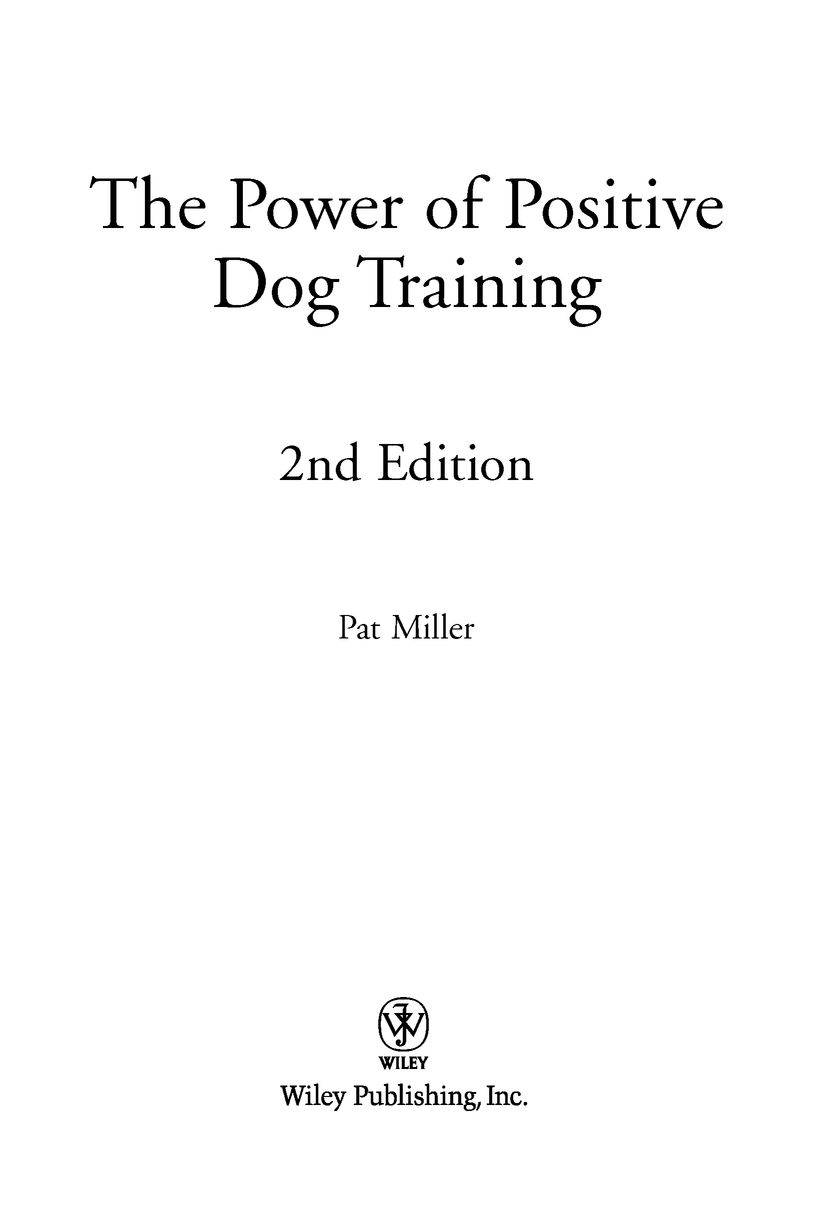Table of Contents
Josie. (Photo by Pat Miller)
Other Books by This Author:
Positive Perspectives: Love Your Dog, Train Your Dog
(Dogwise Publishing, 2004)
Positive Perspectives 2: Love Your Dog, Train Your Dog
(Dogwise Publishing, 2008)
This book is dedicated to the hundreds of thou-
sands of homeless dogs who were my teachers
during my two decades of animal protection work
at the Marin Humane Society in Novato,
California; to the millions who still wait for
homes at shelters around the country; and to my
beloved husband, Paul, who is, always, the wind
beneath my wings.
Acknowledgments
I will be forever and deeply grateful to the many people who have encouraged my obsession with animals over the years, which has led me down lifes path to this book. The list by rights begins with my parents, Janet and Hal Nieburg, who indulged my childhood demands for every kind of animal companion imaginable, from mice and rabbits to dogs, cats, and horses; and it certainly includes my husband and best forever friend, Paul, who continues to indulge those demands to this day.
Also at the top of that list is Nancy Kerns, my Whole Dog Journal editor, who believed in me as a writer long before I believed in myself.
Thanks also to the following people, for being there during those times in my life when I needed guidance and illumination: Diane Allevato, Ray Hill, Lynn Dahmen, Joyce Turner, Betsy Dischel (and Simchah), Karen Pryor, Trish McConnell, Karen Overall, Jean Donaldson, Kim Kilmer, my sister Meg, and, last but never least, my irrepressible dog, Josie.
Foreword
When many of us began dog training, almost every available book spoke of the human-dog relationship in ominous terms such as discipline, dominance, and punishment; or they used euphemistic terms such as corrections, with dogs needing to be made responsible. If you looked up how to solve a behavior problem, the range of options consisted of different flavors of punishment. There were all kinds of frowning discussions about which implements to use (throw chains, keys, booby traps, noxious chemical sprays, ones hands or fists), where on the dogs body to strike him (on the muzzle, the backside, under the chin so he doesnt see it coming, on the part of his body that committed the crime), and what sort of collar to put around the dogs neck in order to deliver pain efficiently and to startle.
If dogs could read, such books would all seem like some sort of dark science fiction. Dogs are, like all living organisms, just trying to get through their days accessing as much pleasant stuff as possible and avoiding as much unpleasant stuff as possible. In The Power of Positive Dog Training, the book youre about to read, Pat Miller speaks eloquently of her epiphany, the beginning of her crossover to positive training methods. This is the most profound realization a trainer can havethat gaining control of the reinforcers, the pleasant stuff in the dogs environment, is as effective a means of behavioral control as administering pain and startle. What a great day it is for dogs whenever a trainer crosses over. And what an especially great day it was when Pat Miller decided to trade in her choke collar for a clicker. Her words and work have inspired so many more who have come after her.
I first encountered Pats ideas in her many outstanding articles in Whole Dog Journalalways technically sound, always carefully researched, and always demonstrating a keen empathy for the dog and, somewhat remarkably, for the dogs owner, a party so often trampled on. There are many dog trainers who, in their heart of hearts, view the dogs as victims, the owners as perpetrators (or hapless middlemen), and the trainer as the hero in the play. The truth is that dogs have not been the only victims.
Owners have been victims of the dearth of correct and accessible information about dogsabout the true propensities of breeds, about the amount of time and effort involved in training, about the basics of management and training. Phone six trainers at random with the same training questions. The range of answers would leave any consumer confused and in despair. In fact, if the same quality of consumer information existed about, say, cars, people might well be told by different car authorities to never change the oil, change the oil every day, or replace the oil with lemon juice. Is it any wonder that so many dog owners continue to fall prey to collar enthusiasts? Pet dog behavior counselors have been victims of the poor quality or low relevance of much of the trickled-down information from the pet dog training ancestor endeavors: traditional, militaristic training; competitive obedience training; and academics.
In spite of this spotty history, however, pet dog training and behavior counseling has blossomed. Pat Miller embodies all that is right in this thriving specialty. She is tireless in her championing of training techniques that, first and foremost, do no harm and, almost as importantly, are based on sound, well-understood learning principles, rather than the gut-level intuition and hocuspocus that seduces so many in this field.
Dogs have intrinsic value in addition to their value to us, and this dictates the use of the most benign techniques available to educate them. There are few trainers who have a better handle on this than Pat Miller, or who can impart these techniques with grace, honesty, and humor to the audience most in need.
Jean Donaldson
April 2001
Pats Positive Training Principles
The training journey that you and your dog are about to embark upon is guided by four concepts that are fundamental for positive learning. You will read more about them in the text, and I will often refer to them where they illustrate a point.
CONCEPT 1: All Living Things Repeat Behaviors That Are Rewarding and Avoid Behaviors That Are Not
If you remember this one simple concept, you can teach every behavior that you want your dog to do and change every behavior that you dont want. You do not have to punish your dog in order to make a behavior not rewarding. You just have to figure out how to make the right behavior rewarding enough that your dog will choose to do that behavior instead of an inappropriate one. You accomplish this by rewarding the behaviors you want and ignoring or preventing those you dont want.
CONCEPT 2: Your Dog Already Knows Everything You Are Going to Teach Him
Your dog already knows how to sit, and he knows how to lie down. He can walk quietly by your side, he can come bounding to you from a distance, and he can stay in one place for long periods of timewhen he wants to. All youre going to do is teach him the English words for those behaviors and make them very rewarding and fun for him so he will want to do them when you ask him to. Of course, he always has a choice. If youre a good trainer, youll program a pattern of responses in his brain so that he will want to do them and will choose to do them when you ask.
CONCEPT 3: Dogs Can Learn Only One Behavior for Any Particular Cue






